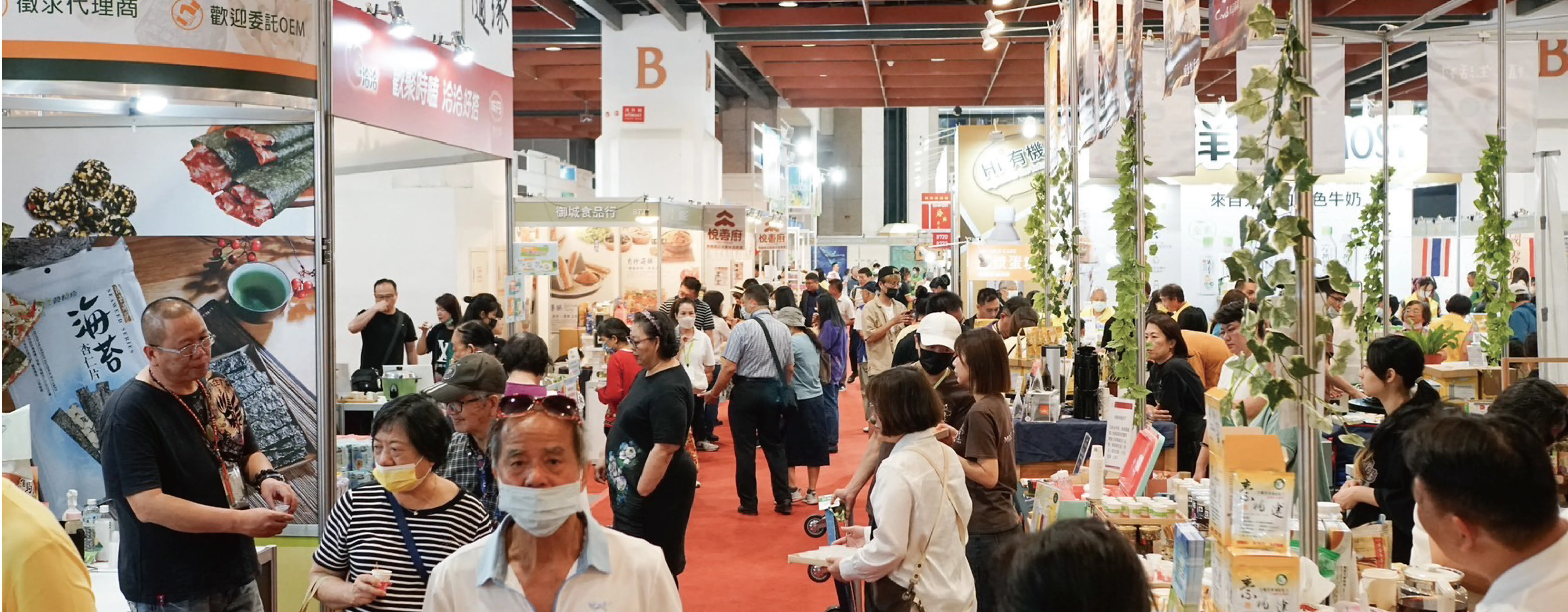


| 時代: | 清朝初期 (西元1661-1722) |
| 出土地點: | 傳世品 |
| 尺寸: | 高度:約76.5 cm 長度:約46 cm 寬度:約32 cm |
| 質地: | 黃銅鎏金 |
| 數量: | 1 |
法像頭戴五片式髮冠,臉型偏方、耳垂長過下巴,雙眉中央有白毫,眼瞼低垂呈思考狀,身穿輕薄天衣,舉止自然而動態,雙手持說法印、銜烏巴拉花,右側烏巴拉花有法輪,左側烏巴拉花上是瓶,身材為五等身,坐於方形蓮座上,蓮座有仰、覆雙層蓮瓣,蓮瓣圓潤頂端外撇為U行內蓮瓣,是清朝初期蓮花座的蓮瓣形式,底蓋為後補,法像背後下方有「大明永樂年施」楷書款,符合清朝初期仿明朝永樂時期落款特徵,背板為可拆卸式,背板上法螺與捲葉是標準明朝末年、清朝初年之紋飾。
The statue wears a five-leafed crown, with a square face and elongated earlobes. There is a white dot in the center of each brow, and the lowered eyelids give a contemplative expression. Adorned in a lightweight celestial robe, the figure's posture is natural and dynamic. The hands hold the gesture of expounding the Dharma and grasp wu-ba-la flowers, with a dharma wheel depicted on the right-side wu-ba-la flower and a vase on the left-side one. The statue has a five-body proportion and is seated on a square lotus pedestal. The lotus pedestal consists of two layers of petals, with rounded petals that slightly flare outward, forming a U-shape at the apex. This type of petal arrangement reflects the style of lotus pedestals from the early Qing Dynasty. The base plate is a later addition. On the back of the statue, beneath, there is an inscription in regular script, "Made in the Yongle Year of the Great Ming." This inscription aligns with the characteristics of imitating the Yongle period in the early Qing Dynasty. The removable backplate features conch motifs and curling leaves, common decorative elements from the late Ming and early Qing periods.
此件胎體銅胎輕,與明朝銅鎏金相比胎體微輕,也和現代較死沉的銅胎不同,鎏金色澤較黃亮,是清朝初期標準的鎏金方式。此件鑄造方式是標準大型脫蠟法,局部有沙孔,法像服飾線條灑脫,與現代用鑄造範沙法製作,光身或線條較少的製作方式截然不同,法像局部有受損在民國時期進行修復,雖經擦拭整理,但少部分仍有經供養沉積的煙油垢。此法像雖有「大明永樂年施」落款,但其法像特徵、胎體、鎏金色澤、蓮瓣形式符合清朝初期法像特徵。
The bronze base of this statue is relatively light. Compared to the Ming Dynasty gilded bronze, it's slightly lighter, and notably different from the heavier modern bronze bases. The gilding is bright and yellow, adhering to the standard gilding technique of the early Qing Dynasty. The statue was cast using the standard large-scale lost-wax casting technique, with localized sand holes. The flowing lines of the figure's garments are distinct from the casting methods that produce plain or minimally decorated pieces. The statue has undergone some restoration during the Republican era, and although it has been cleaned and repaired, there are still traces of accumulated oil stains from years of worship. Although the inscription reads "Made in the Yongle Year of the Great Ming," the statue's features, bronze base, gilding color, and lotus petal arrangement align with the characteristics of early Qing Dynasty statues.

